Going to try something a little different today, whilst I love writing this blog and am enjoying my time on Steemit so far, what with my Zookeeping work, University study and just life in general I’m constantly doing something, I feel I need one day a week where I’m free to relax as opposed to the 2-4 hours of research and writing that goes into the majority of my posts, so as an experiment I am going to allow my other half to write a post on my behalf, it’s his first time doing anything like this so go easy on him!
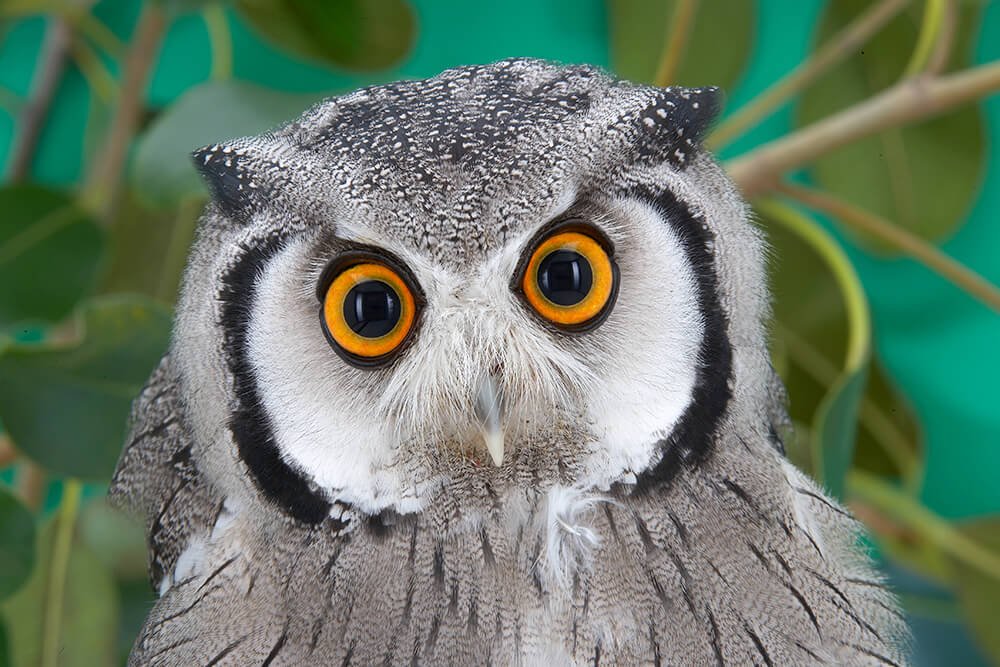
What? You aren't posting tonight?!
Amavi’s better half
Hey Steemians! A little bit about myself, I’m a 26-year-old English guy with a Bachelors degree in Mechanical Engineering; I work for Ford Motor Company and I’m currently working towards a job as a Test Engineer specifically with a focus on Suspension and Component testing. Whilst my job and qualifications have very little to do with Animals or Nature, I do have an interest in the weird and wonderful aspects of the Animal Kingdom, as such my focus for this blog (hopefully series) will be centred around the strange adaptations and survival methods Animals have adapted in order to thrive.
Dating a zookeeper has many benefits!
Symbiosis, a partnership of species
For millions of years Animals have been evolving and adapting to the environments they inhabit, from developing highly complex eyes to detect the faintest of light in the darkest of places such as Owls, to evolving incredibly efficient cardiovascular systems to achieve great feats of endurance as seen in Antelope and Horses.
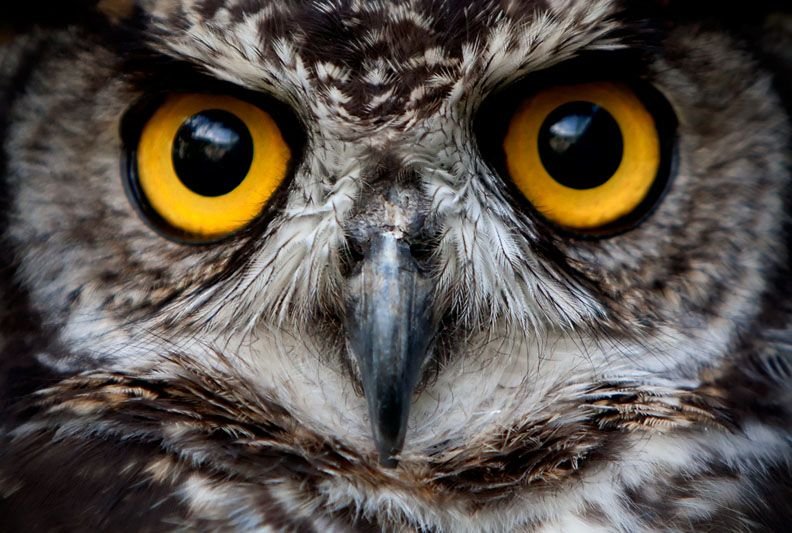
Source
Without going into detail in this post, Animals have evolved some incredible individual species traits throughout their evolutionary cycle which may be discussed in future posts, but our focus today will be on the Symbiotic relationship of species, when two entirely different species come together to either improve the lives of one or both animals.
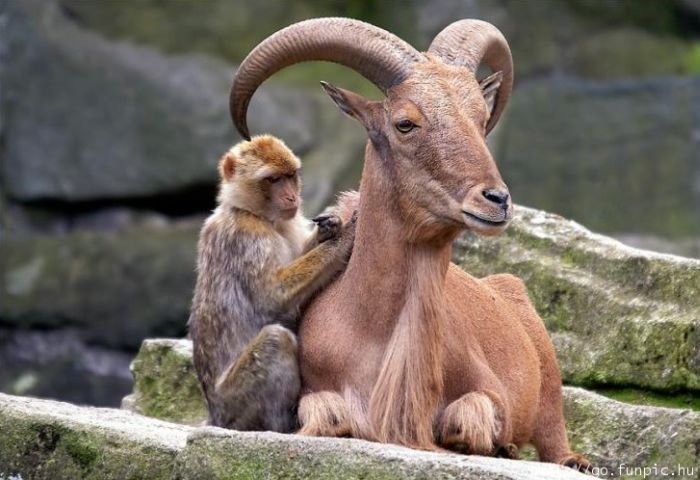
Source
Are all Symbiotic relationships beneficial?
Symbiotic relationships can be categorised into three separate types specifically Mutualism, Commensalism and Parasitism, to avoid complexities we will discuss the differences limited to only two separate species.
Mutualism is categorised as a relationship between two species that is observably beneficial to all those involved, consider it to be an ideal arrangement where there are no losers or negative trade-offs.
Commensalism is defined as a form of symbiosis between two species whereby one species greatly benefits from the arrangement, the other organism receives no benefit, however there are no negative effects to either species.
Parasitism is self-explanatory and is by far the most common form of symbiosis in the Animal Kingdom, the beneficiary in the arrangement is the parasite, the other organism can be referred to as the host, the host receives no benefit from the arrangement and are instead harmed.
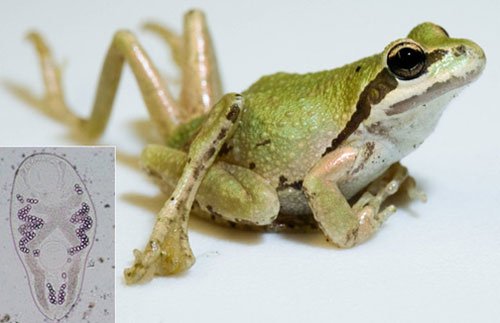
Sub-sequence of Parasitism
Alright let’s get into some examples!
Mutualism: Pistol Shrimp & Shrimp Goby
If you’ve ever been to a Public Aquarium you’ve likely seen a group of Clownfish blissfully swimming in and out of an Anemone without a care in the world, this is likely the most well-known and observed form of Mutualist Symbiosis in the world, especially after the global success of Finding Nemo, at this point I feel it would be boring to use this example so instead we will observe a lesser known Marine duo, the Pistol Shrimp and Shrimp Goby pair!
Source
The Pistol Shrimp is a phenomenal Animal, one which Amavi will likely cover in an edition of Amazing Animals, they are master builders capable of constructing complex Burrows and Tunnel systems allowing them to avoid larger predators on the Reef, they are also armed with an incredible claw that is capable of stunning, paralyzing and even killing small organisms, so they sound pretty badass and quite capable of fending for themselves right? Well… They have one small problem, it’s widely observed that most Pistol Shrimp species are either Blind or have very poor vision, the Shrimp Goby does not suffer this genetic trait however and instead has full colour vision.
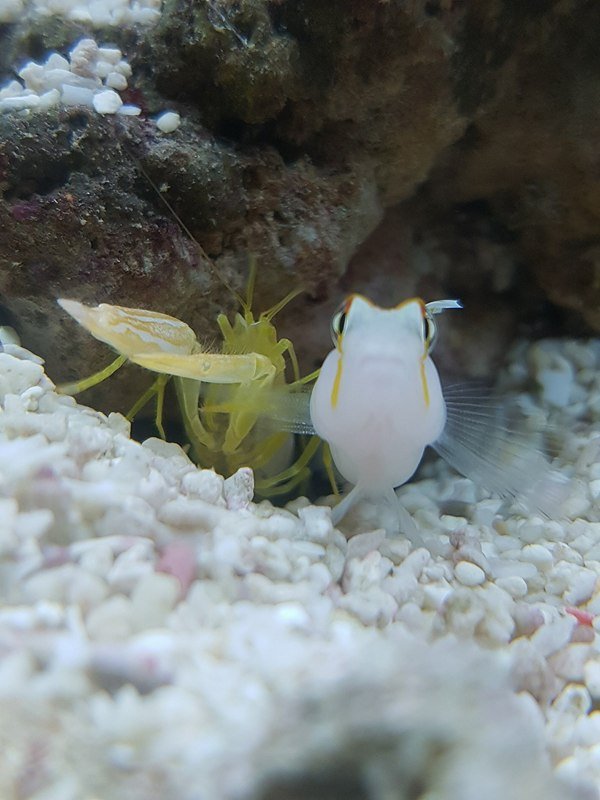
Our own Pistol Shrimp & Goby pair in our Reef tank Boom & Boris
Due to this factor, the Pistol Shrimp is quite welcoming of the small Shrimp Goby, in fact you could say the pair are inseparable, literally, the Pistol Shrimp stays in constant contact with the Shrimp Goby by touching the Goby with its long Antennae, the Goby communicates with the Pistol Shrimp by swaying its tail if confronted by a dangerous situation, the pair can then safely retreat to the confines of the Burrow, by working together the Pistol Shrimp gains a set of eyes, a Metaphorical Guide Dog of the Ocean, and the Goby gains access to the finest house on the Reef.
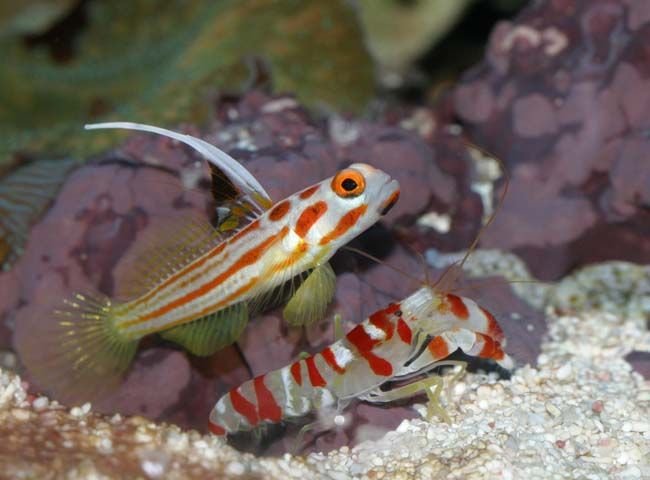
Source
Commensalism: Whale-surfing Barnacles
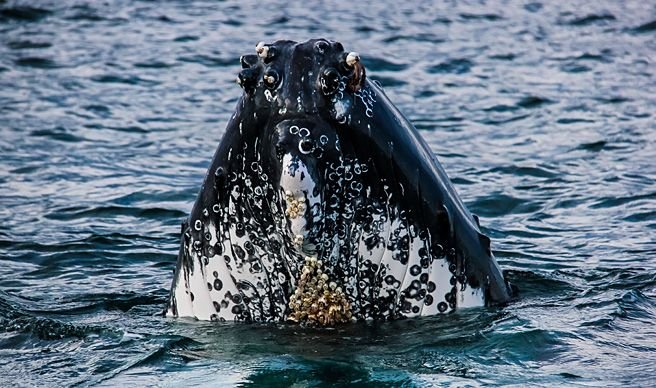
Source
Staying with our Oceanic theme, if you’ve ever watched a Documentary centred around Whales you will often see the Animal covered in round circular white objects across its body, these objects are Barnacles, and they are in fact alive.
Barnacles are organisms closely related to Crabs and Lobsters, most species of Barnacles attach themselves to Rocky structures however certain species prefer to attach themselves to large migratory animals such as Whales and Turtles, by doing so the Barnacle benefits greatly as their hosts will regularly migrate to rich feeding grounds throughout the year, allowing them to feast whilst avoiding the rock-dwelling predators their static cousins have to put up with, the Whale gains zero benefit from the relationship acting only as a metaphorical Cruise ship to deliver the Barnacles to their next Banquet, the Barnacles are harmless however and the Whale is likely not even aware of their existence.

Source
Parasitism: Fire Ants and Phorid Fly Larvae
So, we’ve observed two forms of Symbiosis so far, feel good family fun where everyone is happy and lives in harmony, well let’s leave that behind and venture into the wonderful world of Parasitism!
There are quite literally hundreds of thousands of examples of Parasitic Symbiosis, you could even argue Human beings share a Parasitic link to the surrounding World, we take from the land with very little benefit to the environment, but we’ll avoid philosophical ramblings and instead focus on Fly Larvae, specifically Zombie inducing, Brain munching Fly Larvae.
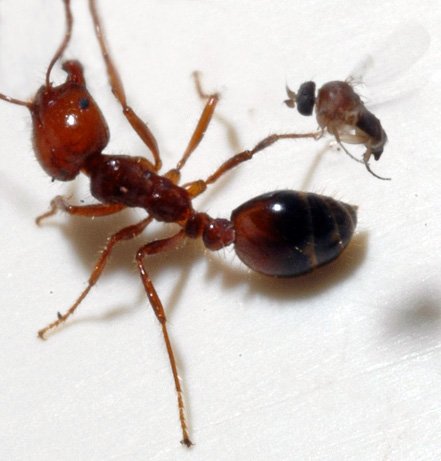
Source
The South American Phorid Fly prefers a live host for its Larvae, the Fly hovers over an unsuspecting Fire Ant, then, using a Proboscis it injects its Eggs into the body of the Ant. Once inside the eggs develop before eventually migrating to the head of the Fire Ant, once there they begin to feast on the Ants Brain, this process can take several weeks eventually breeding Insanity into the Ant, even forcing it to exile from its colony to avoid an attack from the other Fire Ants.
Once matured the Larvae proceeds to decapitate the Fire Ant to exit its host, Akin to the Chestbursters from Ridley Scott’s Alien, only real, before hatching and beginning its life as a fly, isn’t Nature amazing.
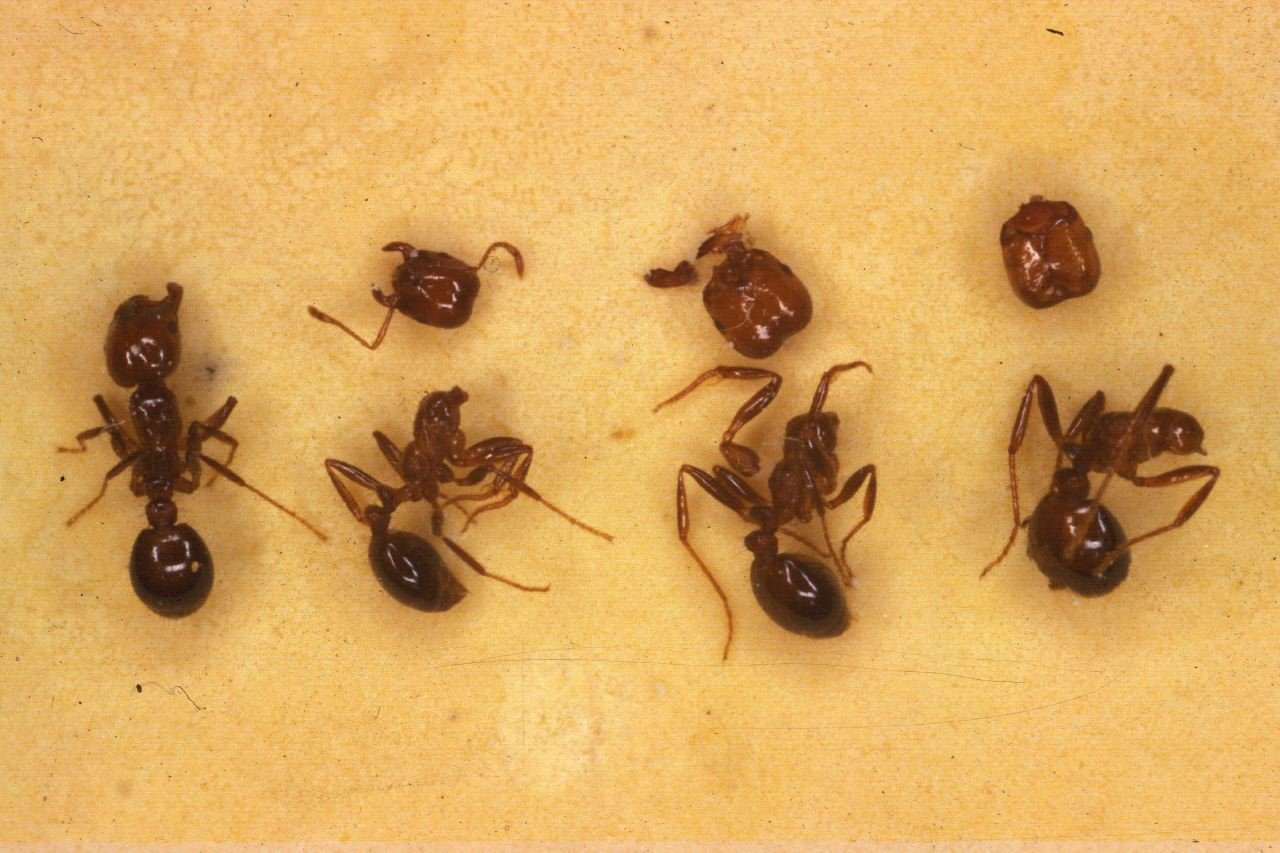
Source
Final thoughts
I enjoyed writing this post and I hope you equally enjoyed reading it. Check back next week where I will discuss incredible parents within the animal kingdom, sacrificing their basic needs to raise their next generation.

